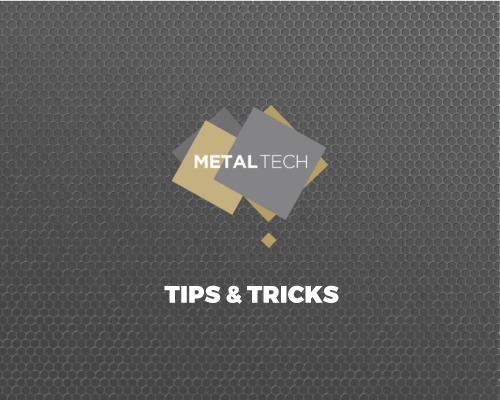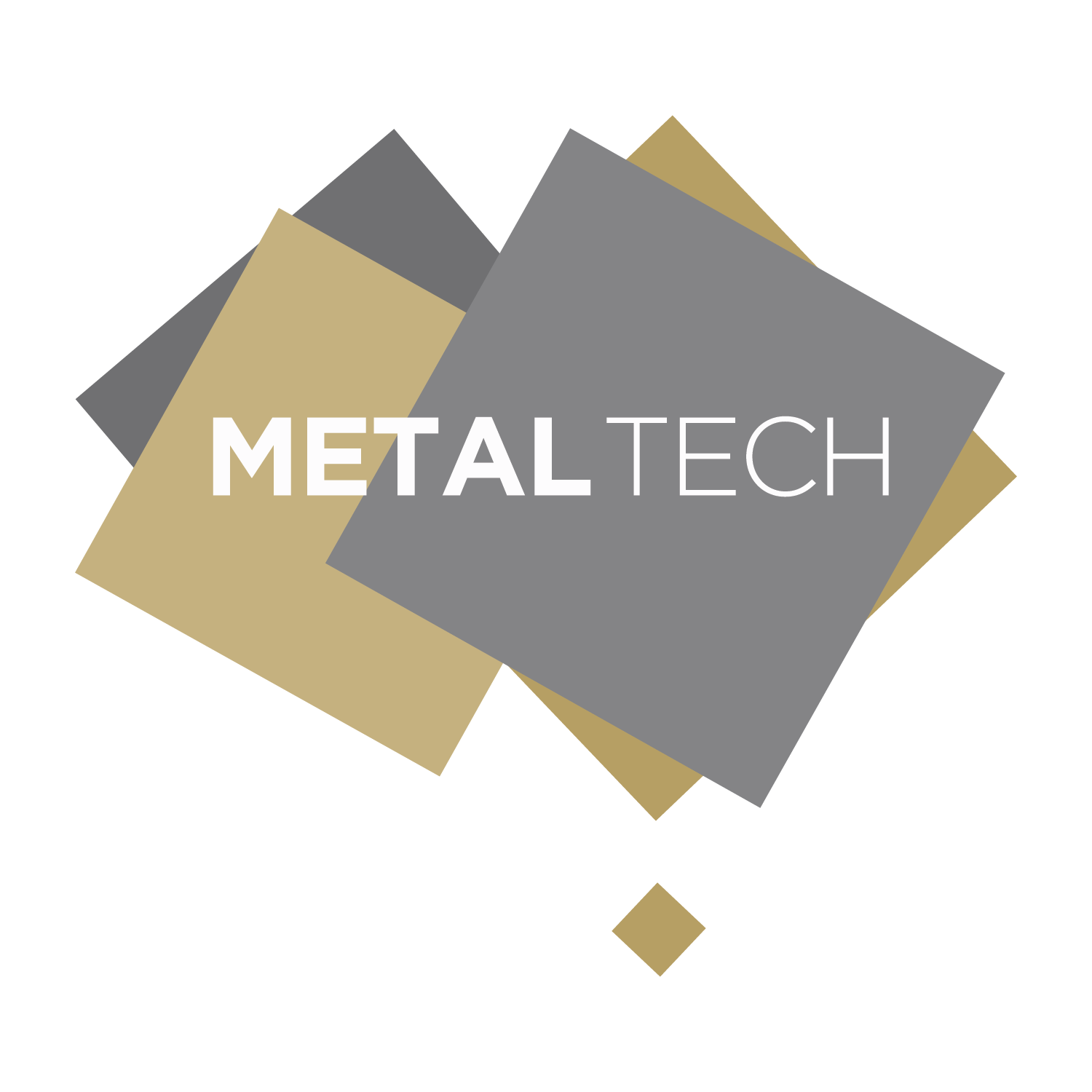
3D Metal Printing: A Quick Summary
3D metal printing, also known as additive manufacturing, is a process of making three-dimensional solid objects from a digital file. The creation of a 3D printed object is achieved using additive processes, where successive layers of material are laid down in different shapes. 3D metal printing is based on the same principle as other types of 3D printing: layers of material are deposited and fused together to create a three-dimensional object. It is the opposite of subtractive manufacturing, which involves cutting away material to create an object.
3D metal printing technology has come a long way in recent years. Early 3D metal printers were large, expensive, and slow. Today’s 3D metal printers are smaller, more affordable, and can produce parts much faster.
What Advantages Does 3D Metal Printing Have?
3D metal printing is a relatively new technology that has only been around for a few decades. However, it has already revolutionized the manufacturing industry and has the potential to change the way we make things. Additive manufacturing offers a number of advantages over traditional manufacturing methods, including:
- Greater design freedom: With 3D metal printing, you are not limited by the traditional rules of manufacturing. You can create objects with any shape or size that you can imagine.
- Faster production times: 3D metal printing is much faster than traditional manufacturing methods. It can take days or weeks to produce an object using traditional methods, but it can be done in hours with 3D printing.
- Lower production costs: Additive manufacturing is generally more expensive than traditional manufacturing on a per-unit basis. However, when you factor in the reduced production time, the overall cost of production can be lower with 3D printing.
- Reduced waste: With 3D metal printing, there is very little waste material. Most of the metal powder or filament is used to create the final product.
- Increased design freedom: 3D printing gives designers the ability to create parts with complex shapes and geometries that would be impossible to produce with traditional methods.
How Does 3D Metal Printing Work?
3D metal printing is based on the same principle as other types of 3D printing: layers of material are deposited and fused together to create a three-dimensional object. The difference is that, instead of using plastic or other materials, 3D metal printers use metal powder or filaments. The most common metals used in 3D printing are stainless steel, aluminum, and titanium.
The printing process begins with a digital model of the object to be printed. This model is sliced into thin layers, which are then transferred to the print bed. The print head of the 3D printer deposits metal powder or filaments onto the print bed, following the contours of each layer. A laser or an electron beam is used to fuse the metal powder or filaments together. After each layer is fused, the print bed is lowered and a new layer of metal powder or filament is deposited on top. This process is repeated until the entire object has been printed.
All You Need For 3D Metal Printing
Metal Tech is Australia’s leading provider of 3D metal printing machines. We have a wide range of machines to suit every need, from small desktop printers to large industrial machines. Our machines are reliable and easy to use, and our service is second to none. Whether you’re looking for a machine to start your own business or to expand your existing business, Metal Tech is a perfect choice.
We offer a comprehensive range of services, including design, manufacturing, assembly, and delivery. We also provide training and support, so you can be sure you’re getting the most out of your machine. Contact us today to find out more about our 3D metal printing machines and how we can help you grow your business.

Leave a Reply